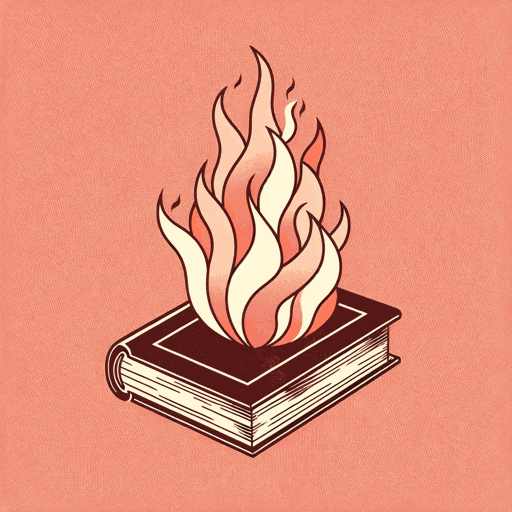20 pages • 40 minutes read
William StaffordTraveling through the Dark
Fiction | Poem | Adult | Published in 1962A modern alternative to SparkNotes and CliffsNotes, SuperSummary offers high-quality Study Guides with detailed chapter summaries and analysis of major themes, characters, and more.
Themes
Humanity’s Place in Nature
The poem’s conflict adds complexity to the environmentalist theme of uncaring and selfish humans invading the wilderness and creating meaningless death. The dilemma William Stafford poses to his speaker is less about the direct 20th-century problem of people aggressively, indifferently intruding farther into nature and devastating its gentle, delicate balance, and more about the indirect ways that human self-preservation and our tendency to think our species removed from all the others affects our interactions with the natural world.
To explore this nuanced version of environmentalism, Stafford shifts the poem’s characters away from the primary act of violence. The speaker is not responsible for the roadkill. However, the concepts of responsibility and accountability are still front and center. While we do not know the circumstances surrounding the doe’s death—the how and why of that driver’s decision remain a mystery—the speaker is nevertheless quickly implicated in the loss of life. His initial response, to clear the road to protect future drivers, appears at first to be logical and compassionate—he doesn’t have to stop but chooses to perform an unpleasant task to safeguard other people from the potential hazard on a dangerous road curve.
However, while the poem seems to be about the resulting choice to either help or ignore the surviving but unborn fawn, it is really about the speaker’s choice of community.


